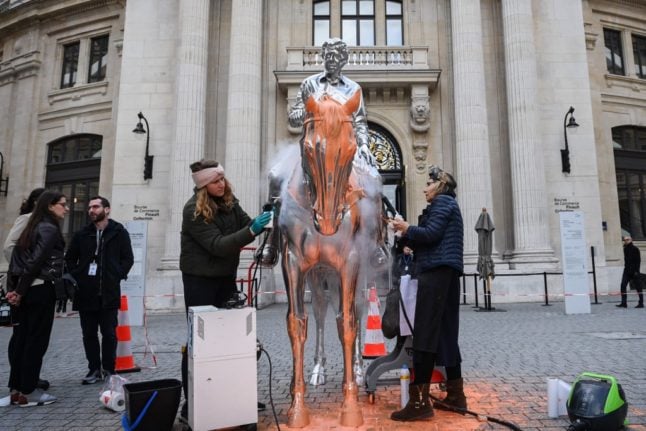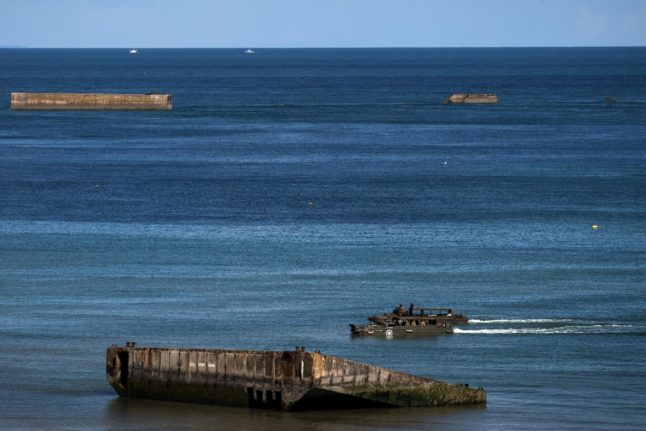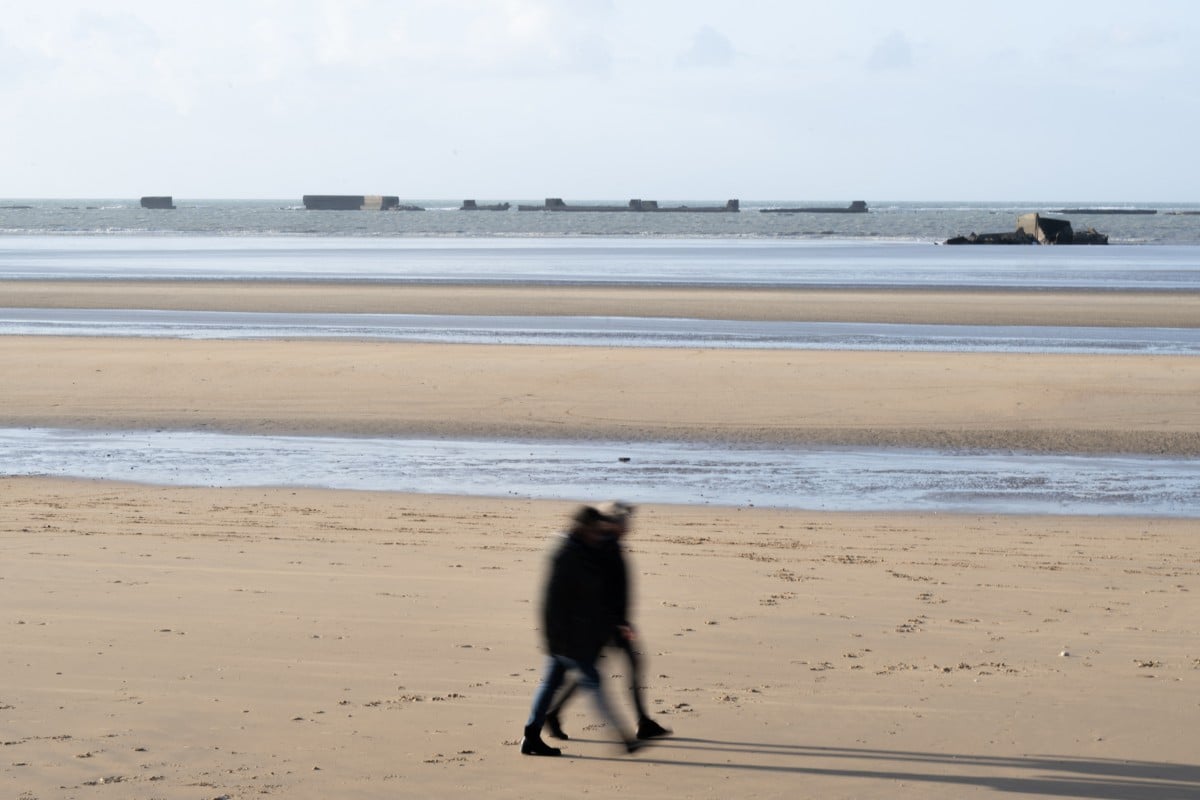The lifesize “Horse and Rider” stands in front of the Bourse de Commerce contemporary art museum, which houses part of the collection of French fashion billionaire Francois Pinault.
The action was claimed by Derniere Renovation (“Last Renewal”), which showed two activists kneeling and holding hands in front of the doused sculpture on its website.
They had also put a white T-shift over the rider with the phrase “We have 858 days left”, apparently a reference to studies that say carbon emissions must peak by 2025 if the planet is to have a viable future.
“Eco-vandalism is taken up a notch,” Culture Minister Rima Abdel Malak, who visited the site as workers cleaned up the paint, wrote on Twitter.
L’éco-vandalisme monte d’un cran : une sculpture non protégée de Charles Ray a été aspergée de peinture à Paris. Merci aux restauratrices qui sont intervenues rapidement. Art et écologie ne sont pas antinomiques. Ce sont au contraire des causes communes! pic.twitter.com/LYGx2lPjVF
— Rima Abdul Malak (@RimaAbdulMalak) November 18, 2022
“Art and ecology are not incompatible. It’s the opposite, they are common causes,” she said.
The incident came as climate activists targeted an Andy Warhol work in Milan on Friday, covering a car repainted by the American pop artist with flour — two weeks after the same group threw pea soup at a Van Gogh painting in Rome.
Vermeer’s “Girl with a Pearl Earring” in The Hague and Van Gogh’s “Sunflowers” in London have also been targeted, drawing widespread condemnation from officials.




 Please whitelist us to continue reading.
Please whitelist us to continue reading.
Member comments